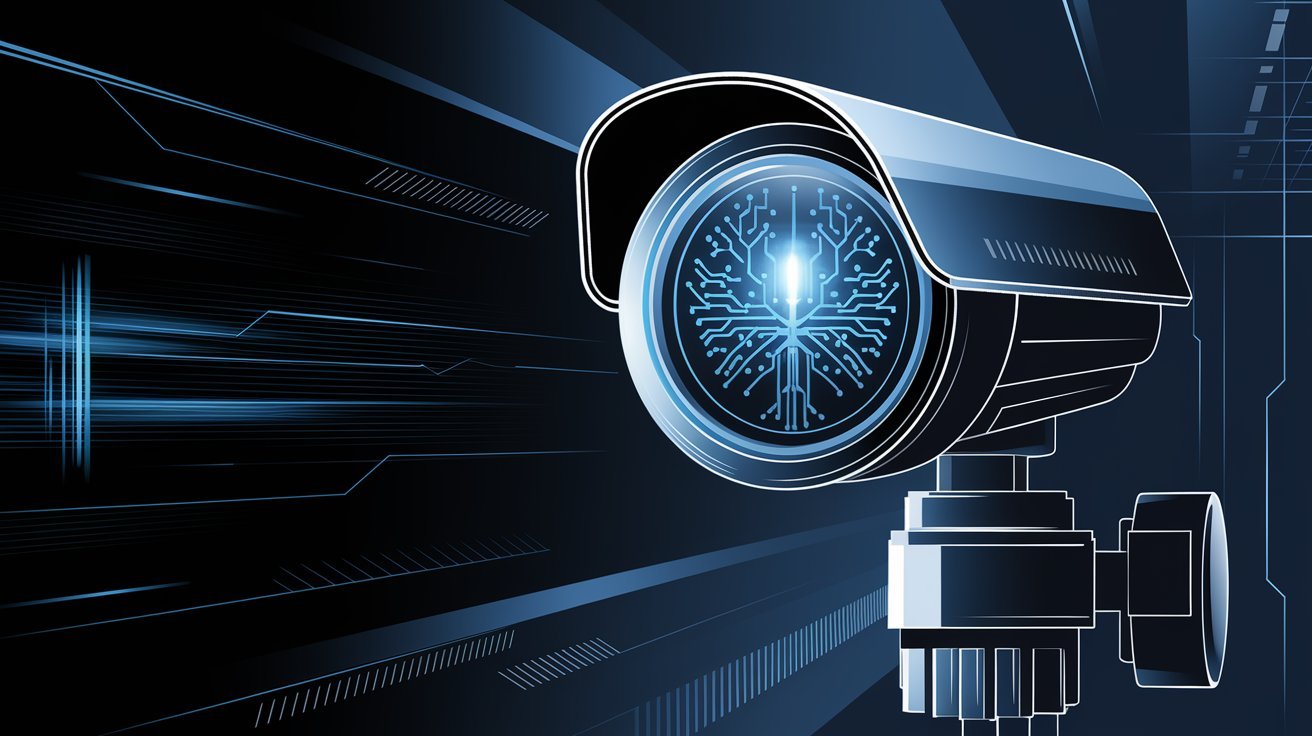
Beyond Cameras: How AI is Redefining Surveillance in the 2020s
Surveillance technology is no longer just about security cameras and motion detectors. Thanks to breakthroughs in artificial intelligence, the modern surveillance landscape is rapidly evolving into something far more powerful—and far more controversial. AI is not only watching, but now interpreting, predicting, and even acting on what it sees. From smart cities to corporate offices, AI surveillance is reshaping the way we monitor environments. But with innovation comes responsibility.
Traditional surveillance systems rely on human operators to spot anomalies in video feeds—an often tedious and error-prone task. AI flips the model by using machine learning to detect patterns, unusual behaviors, or unauthorized access in real time. Whether it's identifying a potential shoplifter before a theft occurs, or recognizing suspicious behavior in high-traffic public areas, AI surveillance now anticipates instead of reacts.


AI models are being deployed directly on surveillance devices, drastically reducing latency. Cameras with embedded AI chips can analyze footage locally, detect events, and trigger alerts without needing a cloud connection. This is critical for time-sensitive scenarios like trespassing, perimeter breaches, or gunshot detection.
Imagine a system that not only alerts you to a break-in but predicts it days in advance based on social patterns and data fusion. Predictive AI surveillance is emerging—fueled by multi-source data (video, audio, IoT sensors) and powerful generative models. However, the line between protection and prediction policing is dangerously thin. Ethical AI development, explainable models, and community oversight will be vital as we move toward this next frontier.